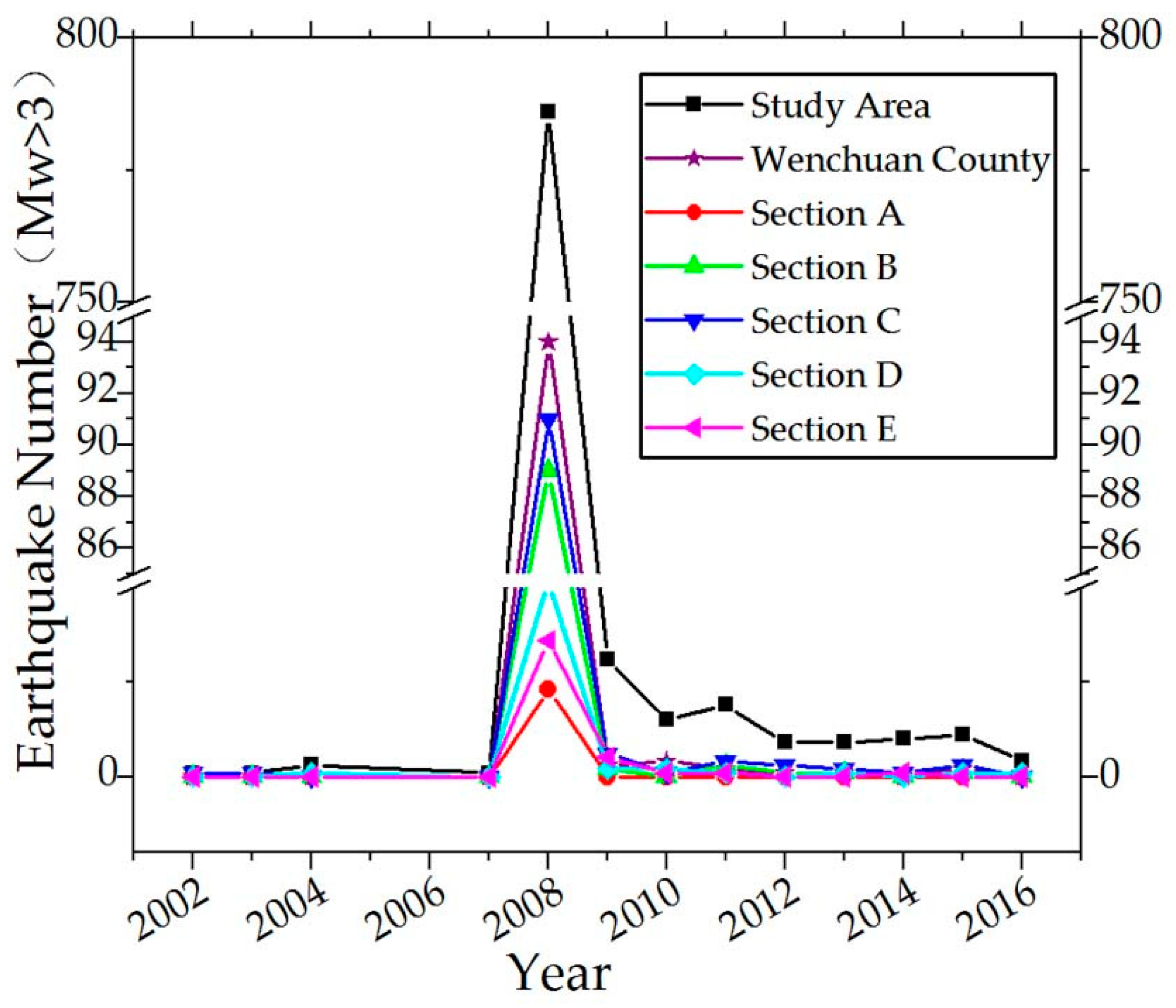
During breeding season, there is also greater mate choice between opposite color male and female pairs compared to same colored pairs. Another study found gray wolves to be more aggressive than black colored wolves during territorial conflict, as well as have higher reproductive success. For example, black wolves have greater survivorship during distemper outbreaks.

It was found that the K-locus gene is involved in immune function in addition to causing black coat color, suggesting an additional role in pathogen defense. In Yellowstone, this discovery set the stage for studies that explored the link between coat color, reproduction, survival, and behavior. The origin of the K-locus in wolves likely came from hybridization between dogs and wolves in northwest North America within the last 7,000 years as early humans brought domestic dogs across the Bering Land Bridge. The presence of black coats was due to a single gene (a beta defensin gene termed CBD103 or the K-locus), with all black coated individuals carrying a mutation linked to this coat color - a mutation believed to have originated in domestic dogs of the Old World. About half of wolves in Yellowstone are dark black in color, with the other half mostly gray coats. One fascinating discovery involves coat color. Since reintroduction, genetic studies have evaluated Yellowstone wolves’ genetic health, kinship within and between packs, connectivity with other Northern Rocky mountain populations, and even genes linked to physical and behavioral traits. Many other animals-from eagles to invertebrates-consume the remains. Bears will attempt to chase the wolves away, and are usually successful. Coyotes arrive soon after, waiting nearby until the wolves are sated. For example, when wolves kill an elk, ravens and magpies arrive almost immediately. Many other animals benefit from wolf kills. In Yellowstone, 90% of their winter prey is elk 10–15% of their summer prey is deer. They efficiently hunt large prey that other predators cannot usually kill. Wolves consume a wide variety of prey, large and small. Research in Yellowstone since reintroduction has highlighted the adaptive value of social living in wolves – from cooperative care of offspring, group hunting of large prey, defense of territory and prey carcasses, and even survival benefits to infirmed individuals. Packs defend their territory from other, invading packs by howling and scent-marking with urine. The pack is a complex social family, with older members (often the alpha male and alpha female) and subordinates, each having individual personality traits and roles within the pack. In Yellowstone, average pack size is 10 individuals. Worldwide, pack size will depend on the size and abundance of prey.

Wolves are highly social animals and live in packs. Wolves (back) are larger than coyotes (middle) and red foxes (front).


 0 kommentar(er)
0 kommentar(er)
